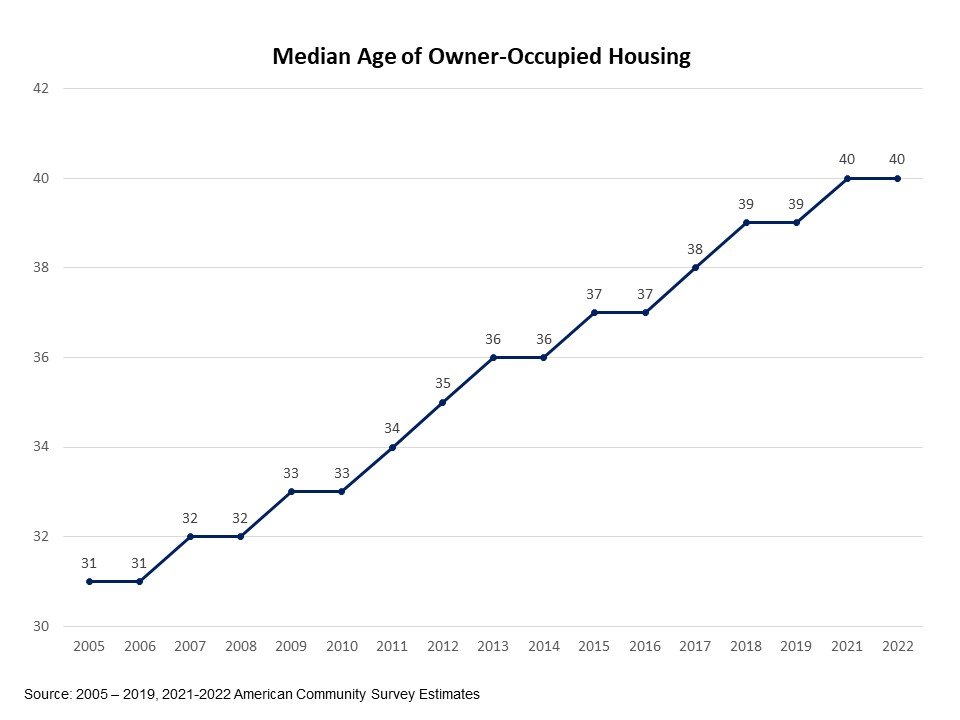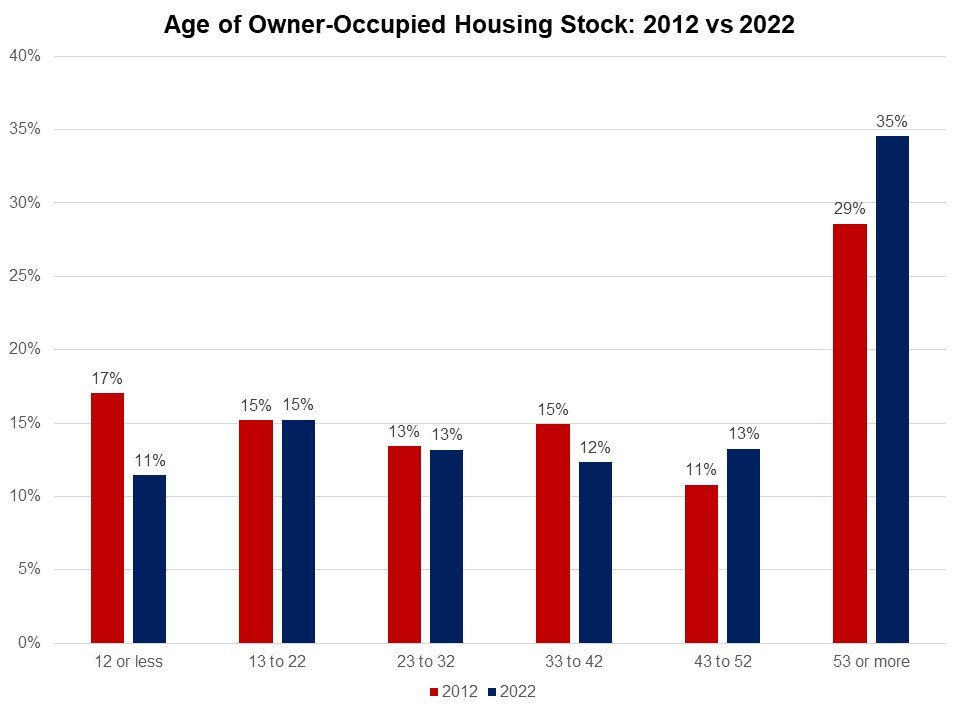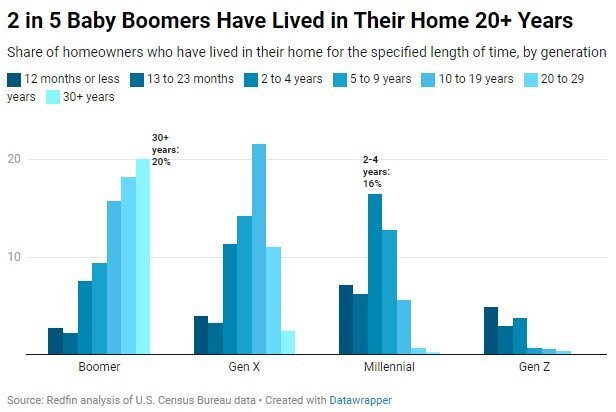Work smarter, not harder, with these cleaning hacks!
Our clever cleaning hacks help take the work out of your chore list by saving time and energy. Use household tools meant for other tasks to get your space spotless in no time. Tuck these ideas into your bag of tricks for an immaculate and fresh home.
Remove Pet Hair with Rubber Gloves
As much as we love our four-legged friends, pet hair can accumulate quickly. Skip spending extra money on tools and special attachments and use this simple cleaning hack to pick up after your fur babies. Simply wear rubber household gloves and run them over the surface of your furniture. The rubber will cause the pet fur to gather into a ball that can be easily thrown away.
The 5 Best Ways to Remove Pet Hair from a Couch
Steam-Clean Your Microwave
Place a bowl of lemon juice in your microwave and set the microwave for 2 minutes or until the lemon juice comes to a boil. This cleaning hack will produce steam to soften any debris stuck in the microwave. You'll be able to clean out the appliance with just the swipe of a cloth, plus you'll be left with a citrusy fresh scent.
How to Clean a Microwave
Remove Wine Stains from Carpet
Wine is known to be one of the toughest stains to remove. Luckily, club soda can be a saving grace. Start by spritzing the stain with club soda. Next, blot the wine, juice, or colored drink stain with a microfiber cloth. Repeat until the stain is gone.
Clean Cabinets with a Vacuum
Your vacuum can be a helpful tool for cleaning hard-to-reach cabinet areas. Use your vacuum's brush attachment to pick up dust and crumbs inside. Debra Johnson from Merry Maids suggests this cleaning hack for the outside of the cabinets: wipe the area around the hardware with a cloth dampened with warm water and Murphy Oil Soap ($4, Walmart).
How to Degrease Kitchen Cabinets
Use Your Dishwasher to Clean Light Fixtures
Did you know some light fixture pieces are dishwasher-safe? Amanda Thomas of Moxie Girl suggests running removable glass pieces, such as domes, through the dishwasher for this cleaning hack. Run a drying cycle to reduce spots on your light fixtures.
Correct Common Cleaning Mistakes
Believe it or not, there is a wrong way to clean. But, by doing things the right way, you could save time—and the hassle of re-cleaning. Check out these house cleaning hacks to perfect your technique and shave minutes off your cleaning routine.
Use a Pillowcase to Clean a Ceiling Fan
Leslie Reichert of Green Cleaning Coach shares one of her favorite cleaning hacks for dusting a ceiling fan quickly and efficiently. Slip a pillowcase over ceiling fan blades, one at a time, then wipe. This way, dust falls into the pillowcase, not on your furniture and floors.
Clean with What You Have
Skip buying new items for cleaning hacks using what you already have. The things you need to clean might be lying around your house. Watch and see how to tidy up using everyday items you wouldn't immediately think of as cleaning tools.
Use Socks to Clean Blinds
This cleaning hack from Melissa Maker of Clean My Space uses socks as a duster. First, put an old sock on one of your hands and spritz it with water. Then, grip each blind panel and slide your sock-covered hand from one end to the other, removing dust from both sides of the slat.
How to Clean Blinds to Remove Dust and Debris
Learn the Trick to Cleaning Faster
The key to cleaning more quickly might be cleaning more often. You'll spend less time overall when you stick to a regular schedule. Watch this video from cleaning expert Donna Smallin Kuper to learn her best tips for quicker cleaning.
Use a Paint Roller to Clean Ceilings
Ceilings, especially textured ones, can be a pain to clean. Sweeping them with a broom can knock down light fixtures if you're not careful. Roll a damp high-nap paint roller over the ceiling to pick up dust and cobwebs for a more effective cleaning hack.
Spot-Clean Fabrics with Baby Wipes
Baby wipes are surprisingly effective because they contain very little moisture, have gentle cleaning agents, and dry quickly. That's why Derek Christian from Cleaning Business Today suggests using them for spots and stains on fabrics. However, don't confuse baby wipes with cleaning wipes, which might contain bleach or other harmful chemicals.
Use Tennis Balls to Launder Comforters
Washing a bulky comforter can be a tricky business. Amanda Thomas of Moxie Girl says you can machine-wash most comforters in front-loaders, as long as the comforter fills only half the washer. Then, add tennis balls to the dryer to keep the comforter's stuffing from collecting in one corner.
Clean Window Treatments Faster
Keep window treatments on the rod to save time as you clean. Instead of taking them down, use the cleaning hack of just shaking them out to remove loose dust. Then, vacuum drapes or curtains from top to bottom using the upholstery attachment. Finally, vacuum floors after cleaning window treatments to pick up any fallen dust.
How Often Should You Vacuum? Here's What the Pros Say
Have Your Kids Clean Your Mattress
Jumping on the bed can help freshen up your mattress. Mary Findley of Go Clean suggests a fun house cleaning hack: Have your kids bounce around on the bed to bring up dust from inside. Then vacuum the mattress top. (If your vacuum has a beater bar, turn the bar off first.)
Use Lemon Oil and Vinegar for Shine
Woodwork and wood furnishings can gather dust and dirt buildup over time. Regular wipe-downs are necessary to keep wood looking shiny. For extra sheen, mix 1 part lemon oil and 1 part white vinegar for an environmentally friendly (and shiny) cleaning hack.
Must-Know Dusting Tricks
Dusting can feel like a losing battle without the proper technique. Luckily, cleaning expert Donna Smallin Kuper has the tips you need to get dust under control. Try these clever cleaning hacks that make dusting a breeze.
Do Air Purifiers Help with Dust? Here's What to Know
Clean Your Dishwasher with Baking Soda and Vinegar
Melissa Maker of Clean My Space shares her cleaning hack to banish a dishwasher's dirt and odors. First, add 1 cup baking soda to the bottom of your empty dishwasher and let it sit overnight. Then run the hottest possible cycle using vinegar instead of detergent to clean and deodorize your dishwasher. Remember to remove debris from the filter.
Remove Hard Water Stains
The house cleaning hack for removing hard water stains is simple: Soak paper towels in undiluted vinegar and place them on the buildup. Leave overnight, then scrub and rinse.
Clean Faster with These Products
A 50-foot, 16-gauge extension cord ($15, Home Depot) lets you plug in your vacuum at a central location so you can clean a whole level without stopping to find another outlet.
A microfiber mop ($16, Walmart) with an extension pole dusts ceilings and walls quickly and easily. Just remove the cover and toss it in the wash when you're done.
A double-sided squeegee ($23, The Home Depot) is the best tool for cleaning windows. Dip it in your cleaning solution of choice and work in a tight S-pattern from top to bottom.
Must-Try Homemade Cleaners
Homemade cleaning solutions can be just as effective as store-bought cleaners. Go all-natural with these cleaning hacks that use items you already have around your home. Get a squeaky clean space with these must-try homemade cleaners.
Secret Weapons for Cleaning Hacks
Add these cleaning essentials to your caddy to make chore day a breeze:
How to Clean Your Cleaning Tools and Appliances
There's no point in cleaning with dirty tools and products. Clean your robot vacuum for the best results when you send it through your house for easy vacuuming. Keep your clothes in good shape by ensuring your washing machine gets a good cleaning periodically. Your range hood filter probably needs a good cleaning, and you may not realize it. Give it a good scrub so it can vent cooking odors properly. And if you don't scrape your dishes before putting them in the dishwasher—which isn't recommended for newer models—your dishwasher filter must be cleaned out at least once a month.
For the original article By Emerson Latham and Jessica Bennett visit Better Homes and Gardens.















